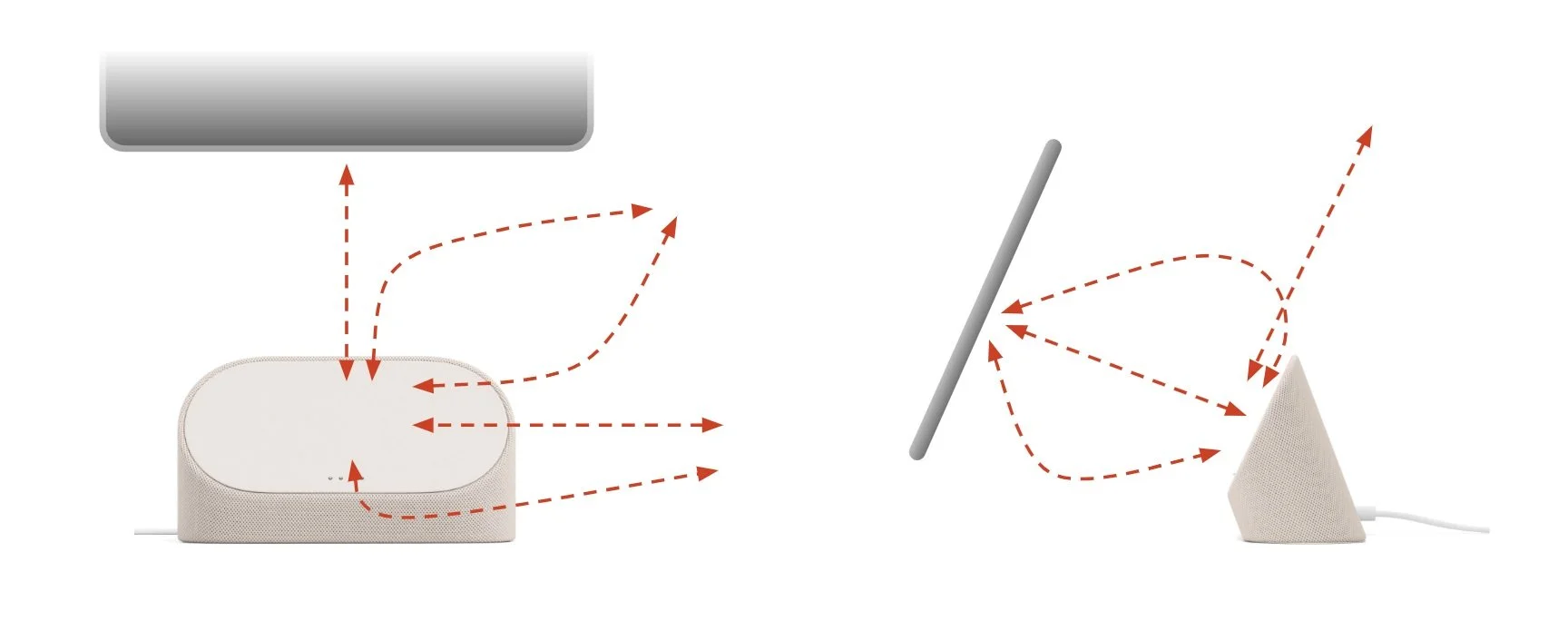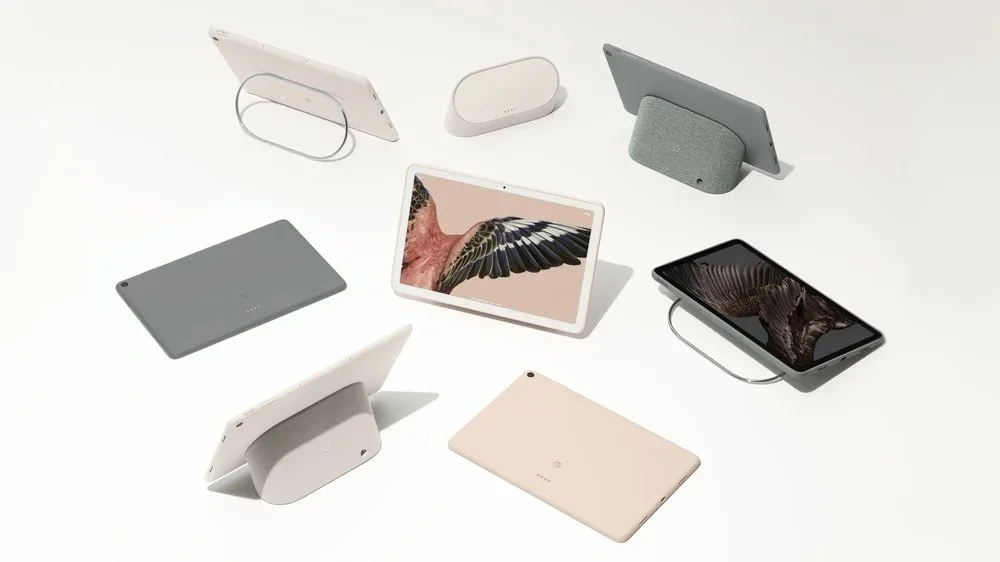Pixel Tablet & Dock
Results
A novel and adaptive experience that elevates the product beyond traditional, standalone tablets by facilitating the frictionless transition between mobile and stationary engagement.
Positive differentiation from the market by seamlessly bridging two similar, yet previously incompatible, touch display offerings: “This is an impressive tablet experience and a display-enabled home assistant in a smart package. Apple needs to do this.”
“[The] speaker dock is both clever and useful.”
Task | Uplift the Experience
Enable two distinct modes of display usage – mobile and docked – without compromising the core engagement patterns of each.
Challenges
Support mobile and stationary engagement equally.
Balance docked stability with ease of removal.
Account for the full spectrum of (un)docking preferences.
Ensure interoperability of 1P and 3P accessories.
Align UI and AUX affordances with physical interaction.
To achieve effortless physical transitions, we conducted extensive human factors research to understand natural interactions and tendencies, fine-tuning the design for optimal stability and removability equally.
The huge variety of ways in which testers naturally attempted to dock and remove the tablet required dozens of rounds of nuanced magnetic calibration to balance both interactions across all scenarios.
To likewise support the wide array of docked interactions, a clearly defined threshold between attached stability and intentional detachment required hundreds of tests and design iterations for validation.
As the focal point of the tablet ecosystem, every attachment approach and proposed magnet array design also considered the impact to all speculative 1P and 3P accessories to ensure the best physical UX across the portfolio.
Ultimately, the dock experience was honed to be as intuitive & “magical” as possible and proved to be the product’s defining feature…
“Speaker dock usage is seamless.”
– Thurrott






